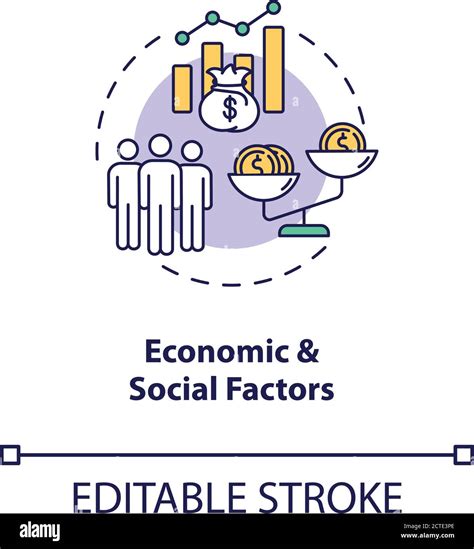Prostitutes in Livonia: A Historical and Social Perspective

Historical Context

Prostitution in Livonia, as in many other regions, has a long and complex history. The practice has been documented in various forms, often linked to societal changes, economic conditions, and shifting legal frameworks. Historical records suggest that prostitution was present in Livonia during the medieval period, with artisans and traders often frequenting brothels. The activity was largely tolerated but heavily regulated, with specific laws governing its operation.
Social and Economic Factors

Factors Contributing to Prostitution
The prevalence of prostitution in Livonia can be attributed to several factors. Economic hardship, particularly during times of war and famine, pushed many individuals into the trade as a means of survival. Additionally, the societal norms of the time often left women with limited opportunities, making prostitution one of the few viable options for financial independence.
Impact on Society
The presence of prostitution in Livonia has had a significant impact on the social fabric of the region. While it provided a source of income for many, it also led to the spread of diseases and contributed to the stigmatization of those involved. The moral and ethical debates surrounding the practice have been ongoing, with some advocating for regulation and others pushing for outright prohibition.
Modern-Day Implications

In contemporary times, the issue of prostitution in Livonia continues to be a topic of discussion. Modern laws and regulations have evolved to address the trade more effectively, but challenges remain. Efforts to combat human trafficking and protect the rights of those involved have been prioritized, while debates over legalization and decriminalization persist.
*TAGS* – Prostitutes Livonia, historical context, social implications, economic factors, human trafficking, legalization, decriminalization, societal challenges